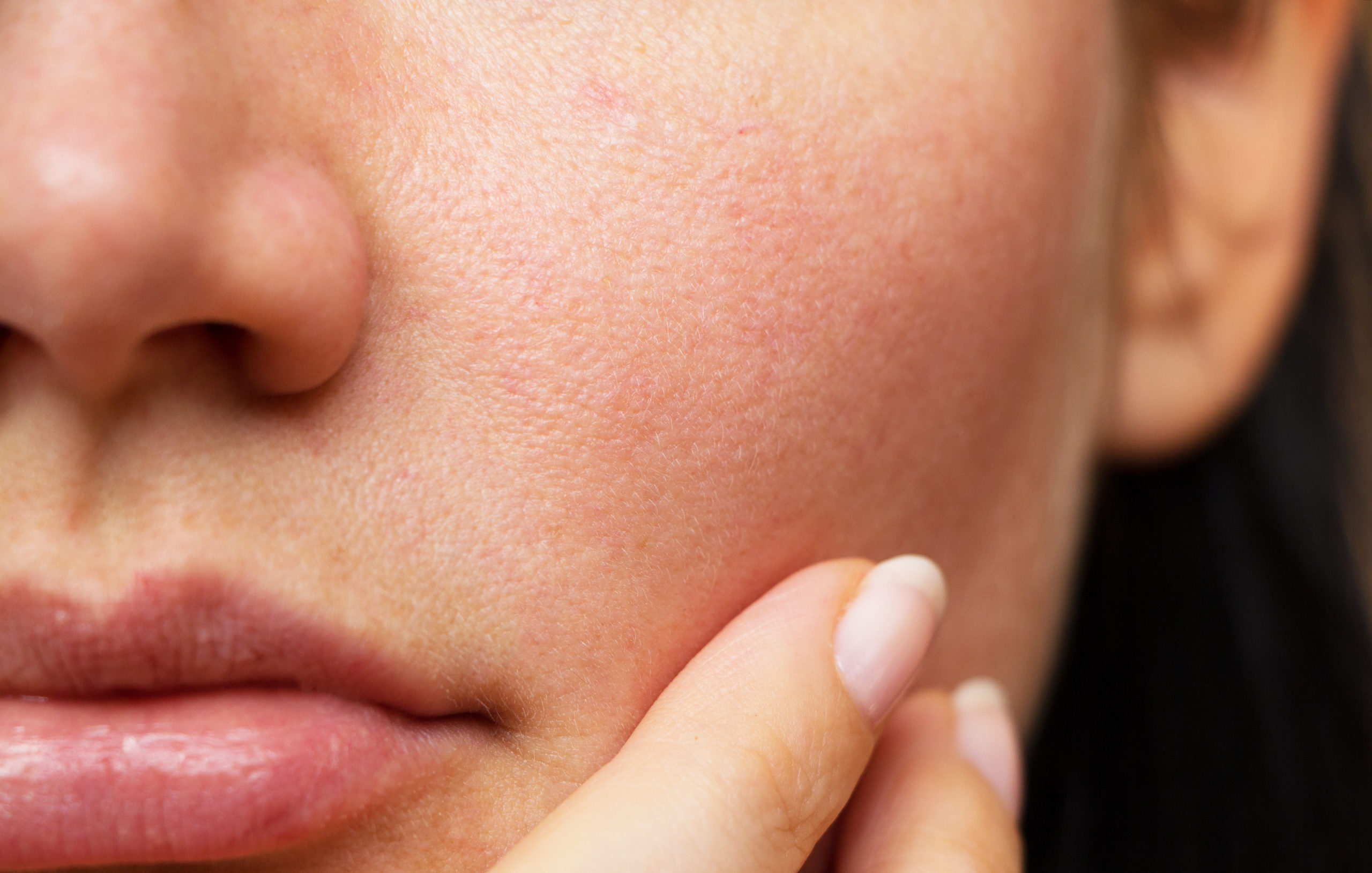
Women who are getting ready for pregnancy might have a few misconceptions when it comes to some of the physical changes that occur during pregnancy. For example, everyone’s heard of the infamous “pregnancy glow,” but is that really what will happen to your skin once you capitalize on the best days to get pregnant and find out you’re expecting? For most women, the answer is an unfortunate no. Here are some of the biggest changes that may occur in your skin during pregnancy, as well as what you can do to make the changes less noticeable.
Common skin care changes
As with nearly every change that occurs in your body during pregnancy, most skin changes are the result of fluctuating hormones. Here are some of the conditions that you’re most likely to encounter.
- Pregnancy glow: The myth is actually true: Pregnancy hormones can make your skin a bit oilier and therefore shinier. The increased amount of blood you have in your body during pregnancy also contributes to the glow, bringing a healthy-looking flush to your cheeks.
- Acne: Extra oil can contribute to clogged pores and cases of acne for some women. It probably won’t be as bad as it might’ve been when you were a teenager, but the occasional zit may pop up.
- Pregnancy mask: Brownish or yellowish patches might appear on your face during the second trimester, often on the forehead, upper cheeks, nose and chin. It’s called “the mask of pregnancy,” and it happens because estrogen and progesterone stimulate some of the melanin cells in your skin to produce more pigment.
- Linea negra: During pregnancy, a dark line may form between your belly button and pubic bone. It’s usually just a darkening of the line that’s already there but is too light to see, and it should fade after you give birth.
- Darker freckles and moles: The same process that creates the pregnancy mask can contribute to a darkening of any freckles and moles you may have.
- Visible veins: Spider veins and varicose veins may become apparent because of the increased blood circulation you experience during pregnancy. They often fade away after delivery.
- Skin tags: These small growths of skins tend to pop up on areas of your body that experience a lot of friction, like under your arms, around your neck or under your breasts. They may disappear after pregnancy, but if not there are ways to remove them.
How to prevent and fix them
Taking good care of your skin is important during pregnancy if you want to get through the changes relatively unscathed. First, be sure to eat a good, nutritious diet. This will ensure that you’re getting the vitamins and minerals your skin needs to be its healthiest. Drinking plenty of water is also necessary for clear, hydrated skin. Second, consider altering your skin care routine. Your skin type may change during pregnancy, meaning your old skin care regimen might not be effective anymore. Reevaluate your skin’s characteristics and choose products like cleansers, moisturizers and serums that address your newest concerns.
Exercise while pregnant – it’s another way to combat some of pregnancy’s skin changes, like visible veins and even stretch marks. It also helps to moisturize your skin so it’s not dry and it’s flexible enough to stretch as your baby bump and breasts grow.
Most importantly, have a conversation with your health care provider about your skin during pregnancy. Go to him or her with your questions and concerns, and ask for the best pregnancy product recommendations that are safe to use while you’re waiting to give birth.


Leave a Reply